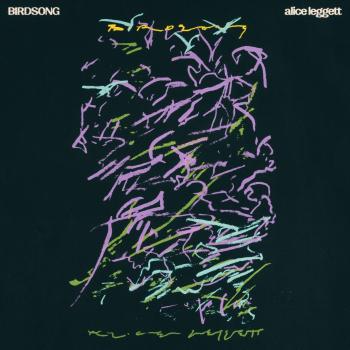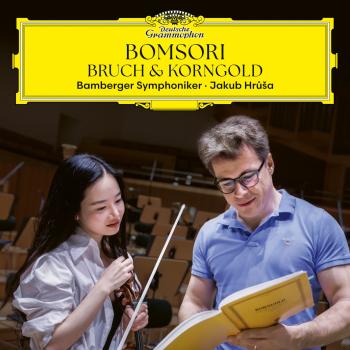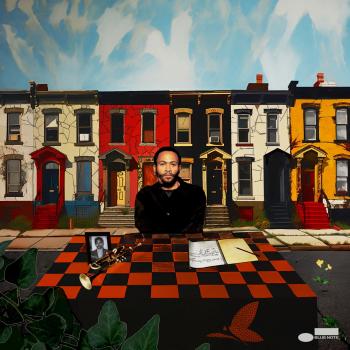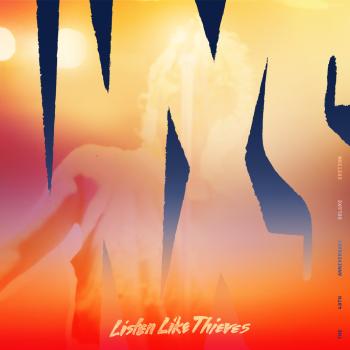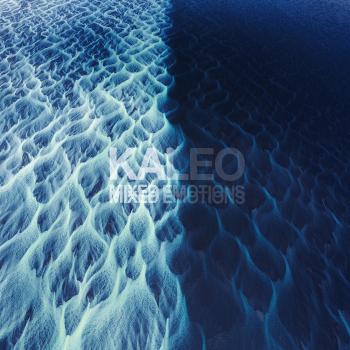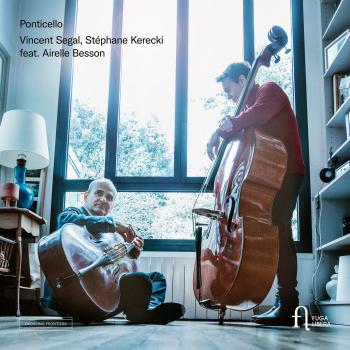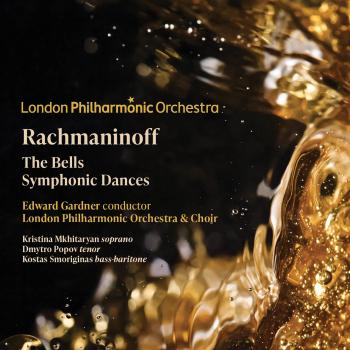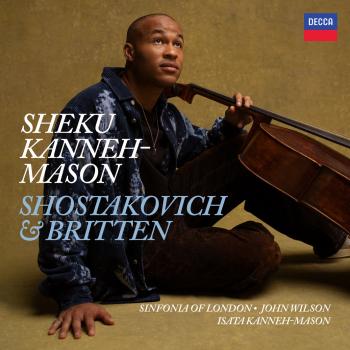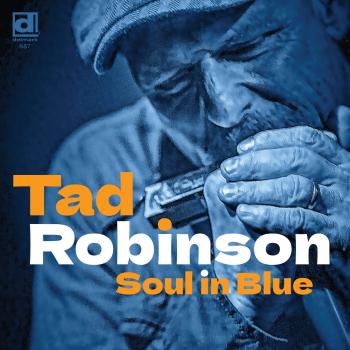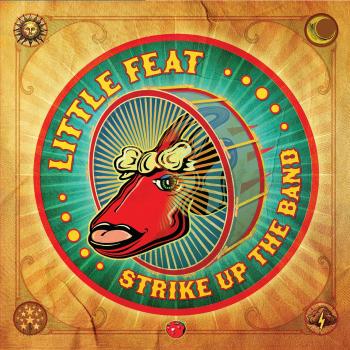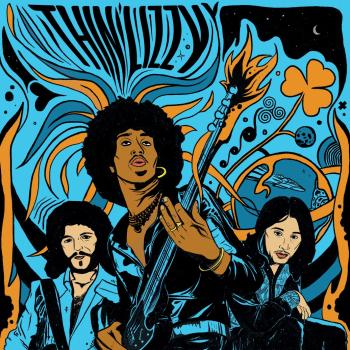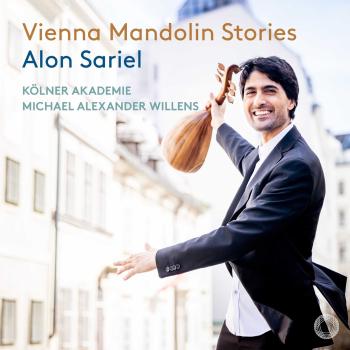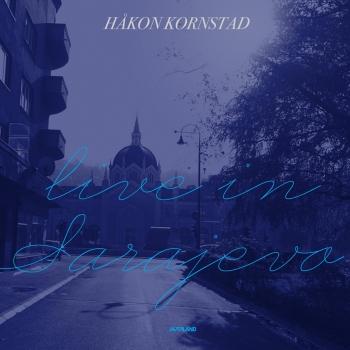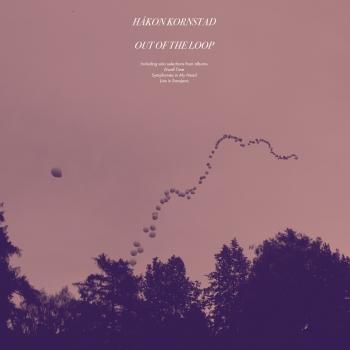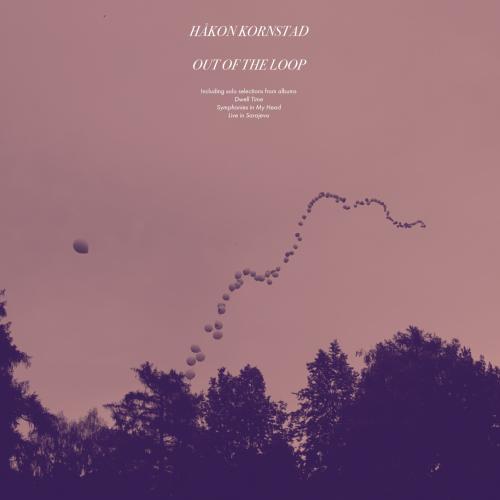
Out of the Loop Håkon Kornstad
Album Info
Album Veröffentlichung:
2021
HRA-Veröffentlichung:
05.03.2021
Das Album enthält Albumcover
Entschuldigen Sie bitte!
Sehr geehrter HIGHRESAUDIO Besucher,
leider kann das Album zurzeit aufgrund von Länder- und Lizenzbeschränkungen nicht gekauft werden oder uns liegt der offizielle Veröffentlichungstermin für Ihr Land noch nicht vor. Wir aktualisieren unsere Veröffentlichungstermine ein- bis zweimal die Woche. Bitte schauen Sie ab und zu mal wieder rein.
Wir empfehlen Ihnen das Album auf Ihre Merkliste zu setzen.
Wir bedanken uns für Ihr Verständnis und Ihre Geduld.
Ihr, HIGHRESAUDIO
- 1 Waking Arp 06:18
- 2 Petrus 07:59
- 3 Dewey Number 04:37
- 4 Sibelius 06:53
- 5 Bremen 06:17
- 6 Strut 06:35
- 7 Nakai 08:24
- 8 A Movie That Never Was 03:41
- 9 Oslo (Out of the Loop Edition) (44.1kHz) 04:14
- 10 Plystre (Out of the Loop Edition) (44.1kHz) 07:23
- 11 Noir (Out of the Loop Edition) (44.1kHz) 04:34
- 12 Flutter (Out of the Loop Edition) (44.1kHz) 05:24
- 13 Sansula (Out of the Loop Edition) (44.1kHz) 02:51
- 14 Damascus (Out of the Loop Edition) (44.1kHz) 04:54
- 15 Pearlfisher (Out of the Loop Edition) (44.1kHz) 07:20
- 16 Sweden (Out of the Loop Edition) (44.1kHz) 07:46
Info zu Out of the Loop
Håkon Kornstad, a shining jewel in the Jazzland roster, brings his unique skillset to the fore on "Out of the Loop”. Recorded during the 2020 pandemic lockdown in Sofienberg Church in Oslo, the album carries the listener through many textures across its tracks, often sounding electronically created - yet all sounds are generated by saxophone, or are provided by Håkon's rich tenor voice. The Flutonette - essentially a flute with a saxophone reed mouthpiece - also makes appearances, further diversifying the sonic palette, as does the kalimba.
The opening of "Waking Arp" (a pun on "Waking up") carries a haunting yet postive vibe, and sets the cool tone for the album as a whole. The looping figures Kornstad creates are not only hooks to ground the compositions, but carefully constructed springboards for harmonic variation, layered counterpoints, and improvisations. While seemingly simple, the accumulative parts are woven together seamlessly, allowing extended improvisations as on "Petrus" (a swaggering groove through the atmospheric end of the jazz spectrum) and "Nakai" (a track that evolves in unexpected, but wholly satisfying ways).
The album also contains homages to some of Kornstad's inspirations. The first is "Dewey Number", a sparse, but gradually blooming tribute to Dewey Redman (the saxophonist, noted for his work with Ornette Coleman and Keith Jarrett). It is both melancholic and celebratory, with some astounding sonic morphing of the saxophone so that, by the end, it sounds like a duet between sax and bowed double bass. The second homage is "Sibelius", and draws inspiration from the Finnish composer's "Demanten på Marssnön (Op. 36)" - the title translates as "The Diamond on the March Snow". Showcasing both Kornstad's ability as a tenor singer, and his exceptional skill and creativity in conjuring perfect settings for that voice, the piece is a beautiful, almost ambient chamber song.
By contrast, "Bremen" (named for the city) is a shuffling slice of coolness, again sounding as though there is a bassist in the mix (no - still just Håkon and his sax). "A Movie That Never Was" closes out the new material with a harmonically rich, slightly melancholic serving of a noir jazz that gradually dissipates like a disturbed flock of birds.
The second disc of this special edition double vinyl features a highly anticipated reissue of material from Kornstad's previous albums, "Dwell Time", "Symphonies in my Head" and "Live in Sarajevo”, first time on vinyl. These tracks span a timeline of ten years, and demonstrate how Kornstad's approaches to looping have grown and matured. Perhaps the most striking example of Kornstad's growth as a player is the album closer, "Sweden", complete with extended introduction and a greater willingness to stray from the original compositional elements and quote from unlikely sources.
"Out of the Loop" offers us a record of a musician-singer-composer who is clearly in a golden period of productivity and development in his career, a fact all the more surprising considering the time during which much of it was composed and all of it was recorded. The album's title not only puns on Kornstad's use of looping electronics, but offers the listener a chance to stop the world and get off it for a while in a warm, friendly space, filled with the joy of musical exploration.
Håkon Kornstad
Håkon Kornstad
Born in Oslo, Norway in 1977, Håkon Kornstad took up the clarinet in grammar school and eventually turned
to the saxophone and studies at the Trondheim Jazz Conservatory. Known for its emphasis on artistic
identity, Kornstad emerged from Trondheim with a distinct voice whose strength was soon manifest in the
professional success that followed. But even before leaving the Conservatory, he began putting it to work in
the formation of the group Triangle, with two fellow Conservatory students, drummer Wetle Holte and
double bassist Per Zanussi. Triangle would evolve into the group Wibutee and, by the time Kornstad
graduated, the group was embraced by a community of artists centered around the contemporary music
club Blå. It was there that pianist Bugge Wesseltoft heard and signed him to the Jazzland Recordings label in
1998, and three albums followed: Newborn Things (1999), Eight Domestic Challenges (2001), and Playmachine
(2004). With the addition of pianist Erlend Skomsvoll and singer Live Maria Roggen, Wibutee evolved into a
quintet that debuted at the 2005 Oslo Jazz Festival.
In parallel to Wibutee, Kornstad organized an acoustic group of formidable ability. Consisting of two more
classmates from Trondheim, renowned bassist Mats Eilertsen and drummer Paal Nilssen-Love, they made a
big impression in 2001 at one of the world's most important festivals, the Molde International Jazz Festival;
and another important festival, the Kongsberg Jazz Festival, selected the trio in 2002 for its annual award for
the Norwegian musician or group of the year. Kornstad's interest in collaboration led to more acclaimed
creative ventures, including a pair of duo albums with pianist Håvard Wiik entitled Eight Tunes We Like (2005)
and The Bad and the Beautiful (2006), the latter nominated in 2006 for the Norwegian equivalent of the
Grammy – the Spellmannprisen.
After years of strengthening his technique, discovering nuances, and exploring the sonic possibilities of the
saxophone in collaborations and as a sideman, Kornstad released his own solo effort in the album Single
Engine (2007), a work that showed he had come fully into his own at last. Now established as one of
Norway's leading jazz musicians, Single Engine helped him gain recognition for his vision. One of Norway's
leading newspapers, Dagbladet, fully understood the quality and significance of this release. The review
entitled Absolute Kornstad, with the inserted headline A Definitive Artistic Breakthrough, was itself definitive:
“Håkon Kornstad’s 'Single Engine' is an extraordinary album. Here all the bits and pieces come together, and
loose threads find their place, while the music raises perhaps the most important milestone in an artist’s
development: the definitive transition from 'promising' to 'mature and original.'”
His second solo album was released in 2009. Dwell Time is a purely solo saxophone performance, recorded
in Sofienberg Church by legendary engineer Jan Erik Kongshaug. In real time, Kornstad records short tracks
into a looping device that plays them back and, as he adds more, becomes an orchestra that accompanies him. Peter Margasak's review in Downbeat Magazine was typical of the album's reception in the press,
calling Kornstad “one of Norway's most original and daring musicians.”
The year 2009 would mark another major moment in Kornstad's artistic evolution. On a visit to New York,
he discovered the world of opera and decided to take lessons with a retired dramatic soprano. This led him
to apply and be admitted in 2011 to the Operahøgskolen (The Academy of Opera) at the Kunsthøgskolen I
Oslo (Oslo National Academy of the Arts), where he will complete his master studies as operatic tenor in May
2014. His debut at the Oslo Opera House came in February 2012, with the character tenor role Il Podestrà in
Mozart's La Finta Giardiniera.
While still in his first year of opera school, he released his third solo saxophone album, Symphonies in My
Head (2011). In this recording, there were early signs of how his new knowledge of opera would be
integrated into his jazz expression, such as his saxophone rendition of an aria from George Bizet's opera Les
pecheurs des perles. Critical reviews of the work were again outstanding. Eyal Hareuveni wrote in All About
Jazz that “he manages to turn his improvisations into small symphonies, arresting in their structure and
deep emotional impact.”
Kornstad's new direction, a meeting of jazz and opera, manifest itself not only in his solo performances, but
also took the form of a new ensemble which he named Tenor Battle, a reference to the classic tenor
saxophone “battles” among American jazz musicians in the 1940's and 50's. In Kornstad's version, this refers
to him singing tenor and playing tenor saxophone in the same group. Seamlessly blending opera arias and
jazz, the group features his longtime companion from Wibutee, double bassist Per Zanussi, as well as
Sigbjørn Apeland on harmonium, Øyvind Skarbø on percussion, and Lars Henrik Johansen on cembalo.
One of the group's first performances was given in 2012 at the Molde Jazz Festival and stirred tremendous
interest. Dagbladet's headline read, “The Two Tenors Hit the Note,” and reported that the Festival could have
sold out the concert three times over. About a year later, Dagbladet checked in with Kornstad again, now in
his final year of opera study, and published a feature article about his work. Entitled The Two Tenors by One
of Them, its subtitle underlined Kornstad's essential viewpoint, Jazz on the tenor saxophone or opera arias as
lyric tenor? For Håkon Kornstad (36) the choice was clear: yes please, both. The article begins by spelling out
Kornstad's ever more unique artistic profile:
“There is something about tenors. Regents in the big, mighty middle ground, between the baritonal
darkness and the soprano's unnerving proximity to a howl. Are we talking jazz, it's about saxophonists –
and the likes of Coleman Hawkins, Lester Young, John Coltrane, Wayne Shorter, Jan Garbarek – and others. In
opera, names like Jussi Björling, Enrico Caruso, Benjamino Gigli, Luciano Pavarotti and Plácido Domingo
instantly come to mind. But when talking about jazz tenor and opera tenor in one body and soul, there is
only one name: Håkon Kornstad.
“His band is called Tenor Battle, and in Kornstad the battle is raging between singing and playing – he sings
an Italian aria much better than any other tenor saxophonist you've heard of, before grabbing his horn – and
with the world's strangest constellation plays an aria in a jazz fashion that Björling, Caruso or Pavarotti
would never have dreamed about.”
If one were to choose only one among Kornstad's many talents and accomplishments that would represent
his work, it would be the fearlessness with which he has followed his muse, time and again, into
extraordinary artistic territory. Still a relatively young man in his 30s, the promise of what is yet to come is truly exciting.
Fellow artists have been taking notice. In 2012, the Oslo International Church Music Festival invited
Norwegian writer, composer and pianist Ketil Bjørnstad to “write a Passion for our times.” He responded
with a work entitled A Passion for John Donne which was composed, in part, with Kornstad's saxophone
playing and singing in mind. Featuring the Oslo Chamber Choir under the director of Håkon Daniel Nystedt,
percussionist and drummer Birger Mistereggen, and Bjørnstad himself at the piano, the concert
performance of Passion for John Donne was recorded, will be released on the prestigious ECM label in
November 2014, and will be Kornstad's debut on the label.
Another collaboration with Bjørnstad will be presented in the summer of 2014 in a commissioned work for
one of Norway's largest music festivals, Olavsfestdagene (St. Olav Festival) in Trondheim. Bjørnstad is writing
music again for the ensemble that performed Passion for John Donne. He and Kornstad will be joined by
soprano Tora Augestad and percussionist Birger Mistereggen. The work will be performed in the Nidaros
dome.
The summer of 2014 brings Kornstad to yet another role in a newly composed and commissioned work, this
by ECM artist Sinikka Langeland. Her new work, Mysticeti - Mass for the Blue Whale will be premiered at two
of Norway's leading festivals in tandem, Festspillene I Nord-Norge (Festival of North Norway) and Vestfold
Festspillene (Vestfold International Festival). The new work features Kornstad on saxophones and voice,
along with renowned opera baritone Johannes Weisser and jazz musicians Trygve Seim and Jon Christensen.
Kornstad's growing reputation as a singer has also landed him the lead role in a new opera entitled Simon,
written by German composer Gerhard Stäbler, and with libretto by Norwegian writer Christopher Grøndahl.
The work will have its premiere in February 2015 in Oslo at the new opera house of the Norwegian National
Opera and Ballet. After having heard Kornstad in Cosi fan tutte, the production team asked him to create the
role of Simon, in an opera that will make extensive use of improvisation as well as audio visual elements.
The opera will go on tour in autumn 2015 in Norway.
Dieses Album enthält kein Booklet

